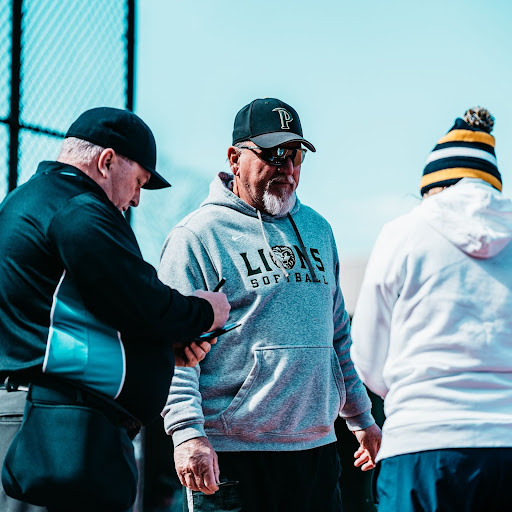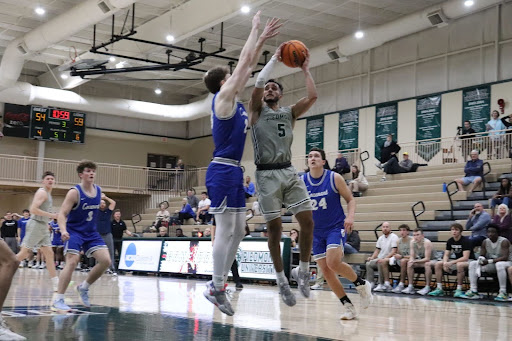By ALEXANDRA SMITH
Sports Editor
On Tuesday, March 25, Piedmont College hosted a blood drive through the American Red Cross.
March also happens to be Red Cross month.
The Red Cross is celebrating and recognizing the everyday heroes in the community through continued promotion of local blood drives.
The Red Cross is also publishing testimonials on their website from people who have donated to encourage others to get involved.
Junior business major Brie Ballinger said, “The people were very personable, but the woman who drew my blood seemed a little nervous.”
“She ended up having to re-stick me because she missed my vein. That’s never happened to me before, and I ended up bruising pretty bad. Other than that it was great,” she said.
Blood donation is an integral part of the health and well being of the community.
The need is constant, and there is no substitute for volunteer blood donations. The number one reason donors say they give blood is because they “want to help others.”
Two most common reasons cited by people who don’t give blood are: “Never thought about it” and “I don’t like needles.”
According to the Red Cross website, every two seconds, someone needs a blood transfusion, and each donation can help save up to three lives.
Piedmont’s blood drive allowed students to register online for an appointment time. This helped students fit the donation in with their class or work schedule.
The American Red Cross supplies about 40 percent of the nation’s blood supply.
It provides blood for patients in approximately 2,700 hospitals across the U.S.
Eighty percent of the blood donations given to the Red Cross are collected at mobile blood drives set up at community organizations, companies, high schools, colleges, places of worship or military installations.
Junior early childhood education major Brooke Martin said, “I went in [and] they took my blood pressure and my pulse rate, then they pricked my finger to check my iron level. My iron came back normal for a woman but a little too low to give.”
A few students had to be turned away despite the consistent need for donors.
“They gave me information on foods to eat to raise my iron level, and I left,” said Martin.
An easy way to see whether or not a person is eligible to donate is to visit the American Red Cross website and read the eligibility requirements page.
The website, which can be viewed by visiting redcrossblood.org, is valuable resource that can help educate individuals who are thinking about donating blood.
Eat a healthy meal before the donation and avoid fatty foods, such as hamburgers, fries or ice cream.
Donors should let the person taking blood know if he or she has a preferred arm and show the attendant any good veins that have been used successfully in the past to draw blood.
Do not do any heavy lifting or vigorous exercise for the rest of the day after the donation.
If dizziness or lightheadedness is experienced after a donation, stop the donor should sit or lie down until it passes.
If any other problems arise, it is important to contact the American Red Cross by using the reference number received upon the day of the donation.
















